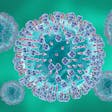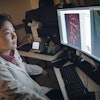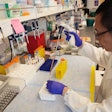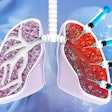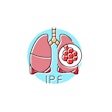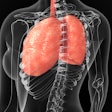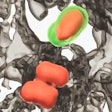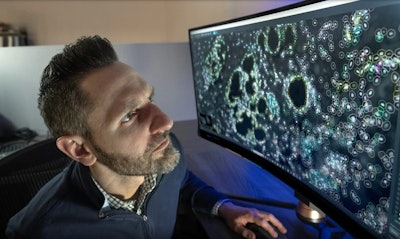
Researchers around the world are working together to map the millions of cells that make up pediatric respiratory systems.
A group from Virginia Commonwealth University (VCU)’s School of Dentistry is one contributor to the effort, which represents one of 14 projects chosen in the Scale Biosciences’ 100 Million Cell Challenge. The experimental program supports large-scale initiatives that address critical global health challenges with the goal to expand single-cell genomics research.
Kevin Matthew Byrd, DDS, PhD, assistant professor at the VCU School of Dentistry’s Philips Institute for Oral Health Research, is lead investigator of the project dedicated to creating a cellular atlas that allows health experts to better understand and manage pulmonary conditions impacting pediatric populations. This includes common ailments such as asthma, allergies and viral and bacterial infections.
“The lungs, oral cavity and nasal space are essentially one interconnected cul-de-sac of breathing. This includes all the tissues and fluids that interact with the air you breathe. These areas are often the first place of contact for viruses, bacteria, pollutants and allergens,” Dr. Byrd said in a university news release.
Despite considerable research on adult respiratory systems, less data exists on respiratory disorders in children.
“Children are often more vulnerable to airborne pathogens and other substances than adults since their immune and respiratory systems are still developing,” said Dr. Byrd. “Mapping these systems at a cellular level will give us new insights into how we can better treat diseases and respiratory conditions in pediatric patients.”
Dr. Byrd and the VCU team are partnering with researchers from Duke University, the Institute for Stem Cell Science and Regenerative Medicine in India, Pontifical University of Rio Grande do Sul and the University of Sao Paulo in Brazil and Helmholtz Zentrum München in Germany.
The project includes more than 500 cellular and tissue samples from pediatric patients in six countries, representing at least 10 diseases, including cystic fibrosis, bronchiolitis obliterans syndrome and COPD.
“The field of single-cell genomic sequencing has changed so much just in the last 10 years,” Dr. Byrd said. “We’ve reached a point where we can analyze millions of cells instead of thousands, which provides new possibilities for understanding and treating diseases. By partnering with these companies, we’ve been able to efficiently sequence an incredibly large amount of cells and create a vast library of information on pediatric health.”
The researchers have incorporated artificial intelligence (AI) software to categorize the samples at an accelerated rate. Once complete, the pediatric cellular map will cover the mucosal surfaces of the nasal and oral cavities, throat and lower airways. It will also indicate cellular behavior, interaction and impact of different disease states.
“Using AI, we can scan through disease mechanisms and identify drugs that have already been approved to treat one type of disease but could potentially be effective in treating additional conditions,” said Dr. Byrd.
The team is hopeful that the foundational model can provide new information on respiratory development from infancy through adolescence and help health experts learn more about the cellular mechanisms that drive common conditions and other diseases. Dr. Byrd said these discoveries could lead to diagnostic, therapeutic and management strategies for pediatric respiratory health.

